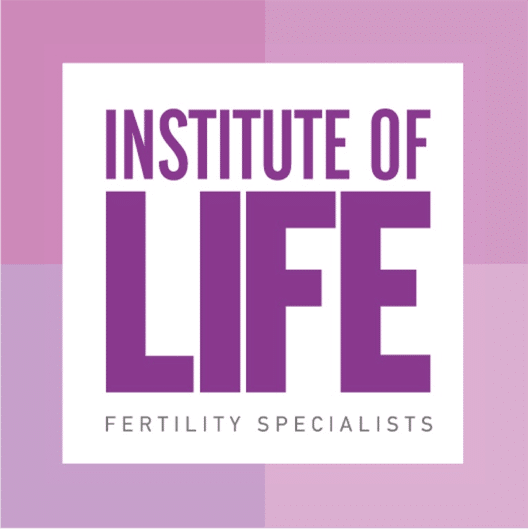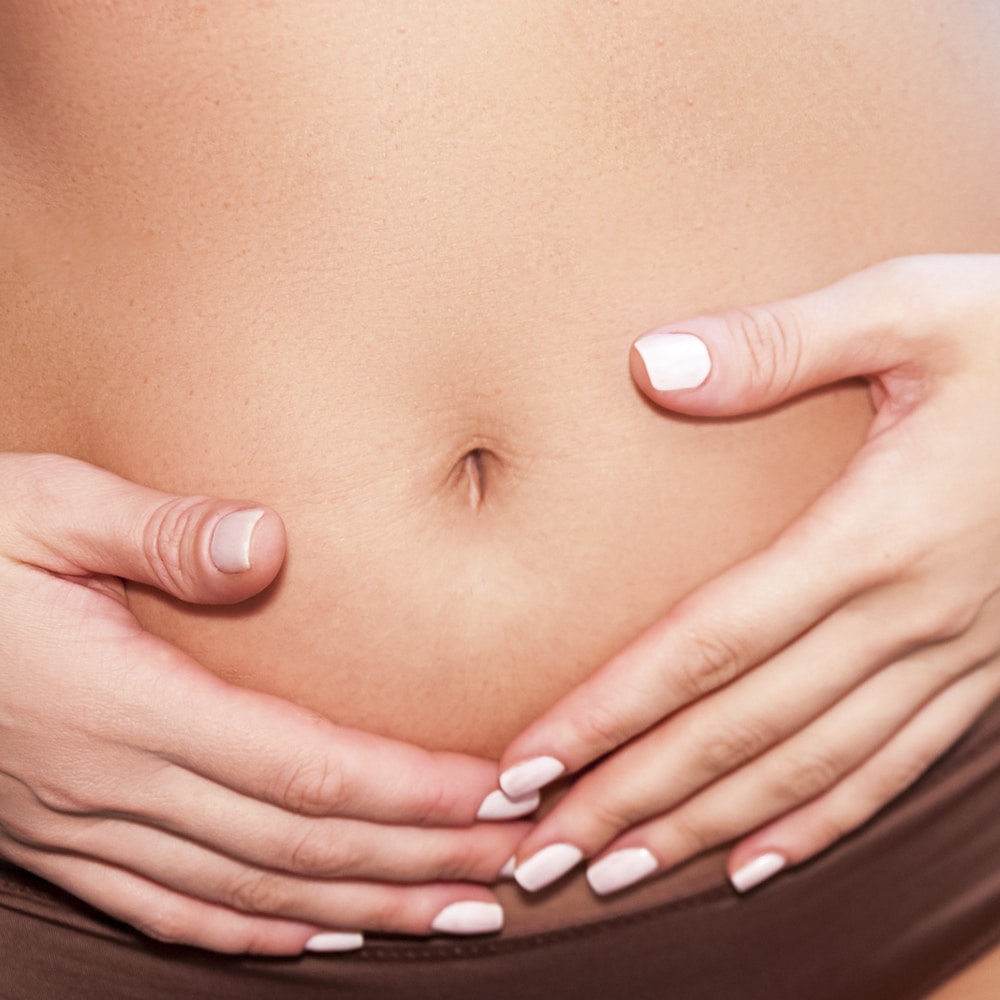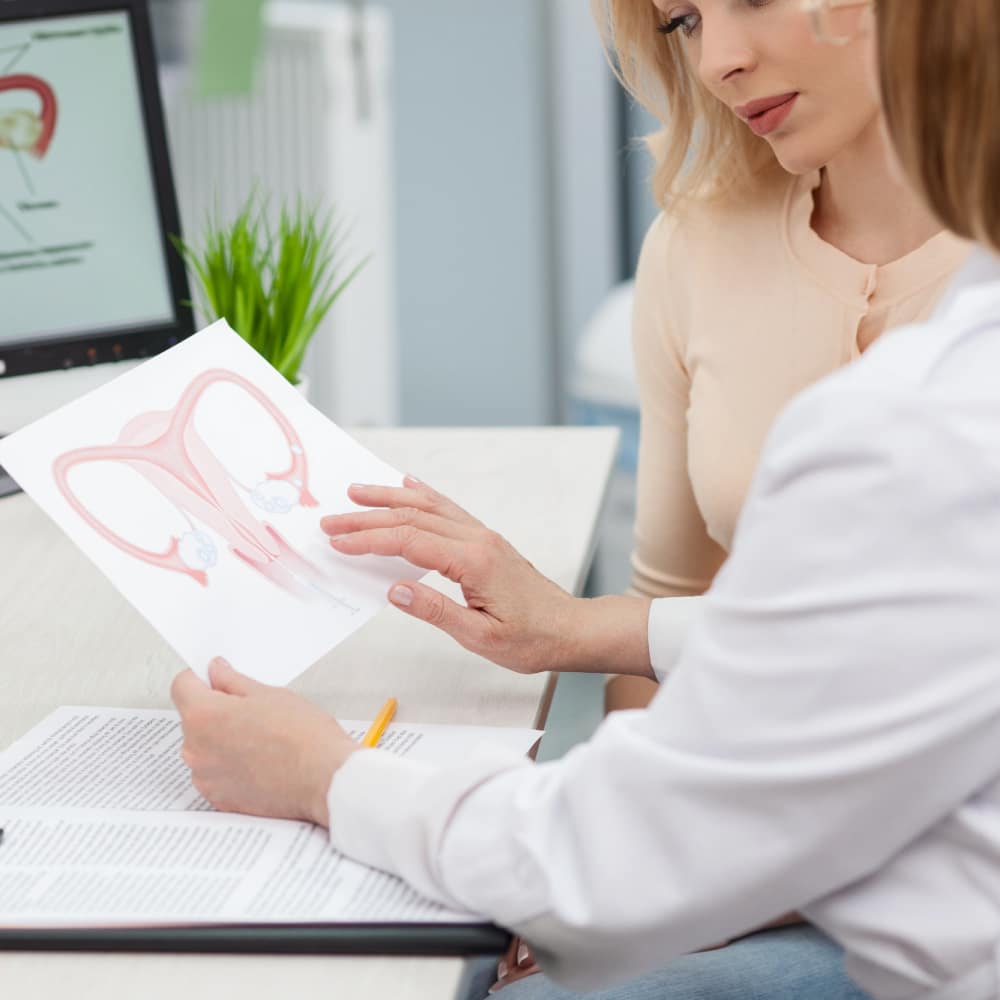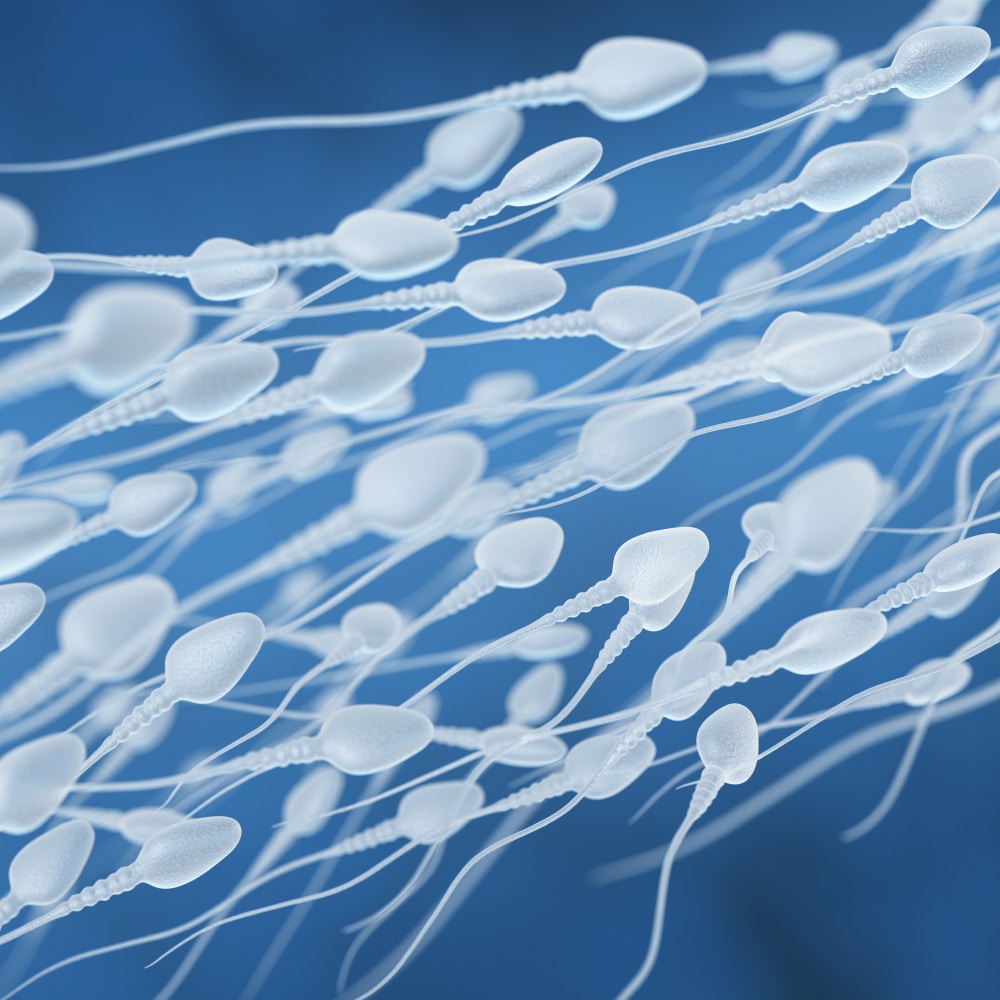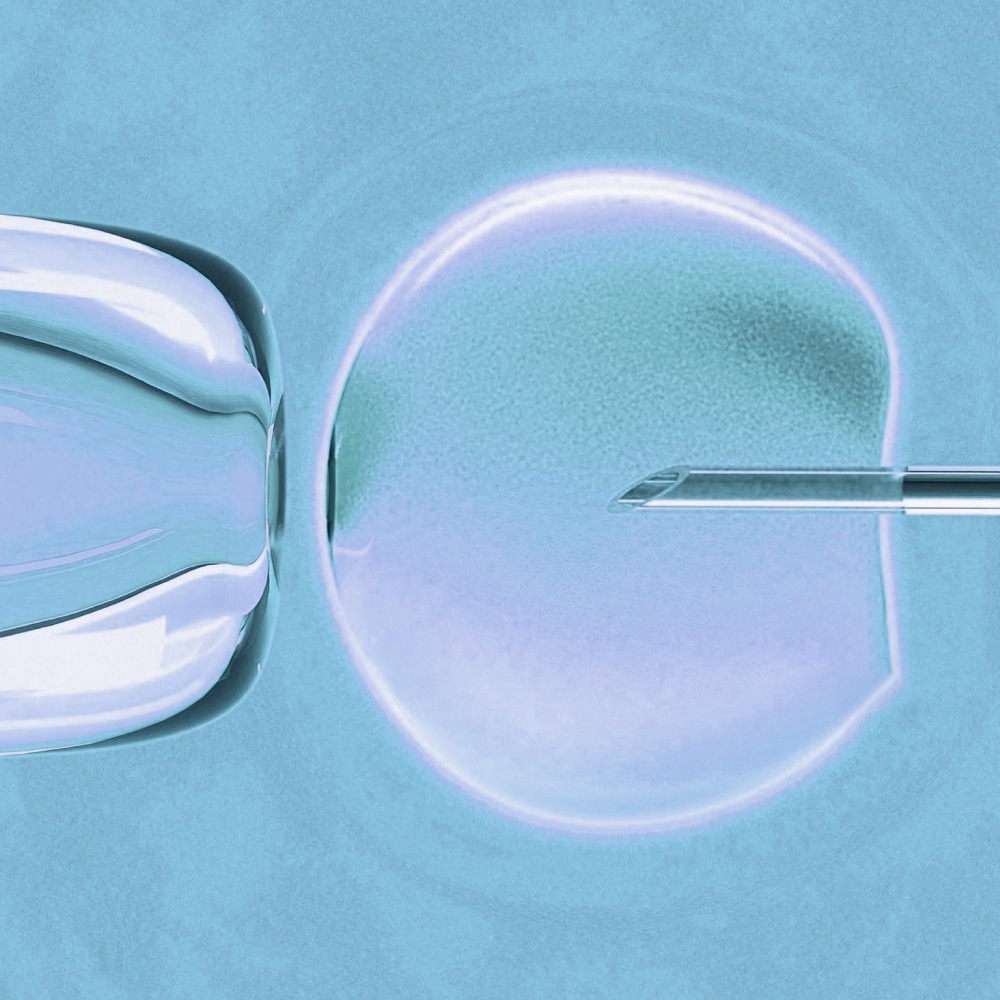Natural Cycle
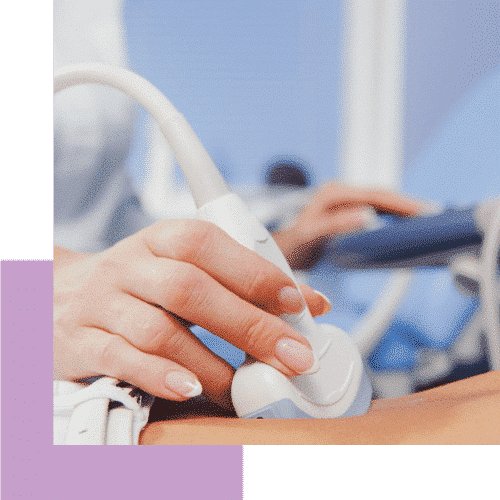
Natural-cycle IVF is a relatively simple procedure
Natural-cycle IVF is a relatively simple procedure and consists of the following steps.
- The woman is monitored through ultrasound and hormone testing during her cycle (approximately three times).
- As soon as her dominant ovarian follicle reaches the right size (over 18 mm), she is administered a single hCG dose once at midnight, for the egg to mature.
- 32-36 hours later, the woman visits the assisted reproduction center so the egg may be retrieved under ultrasound guidance.
- She may return to her normal daily activities immediately after that.
The egg is located in 80% of the cases and is then fertilized using the partner’s sperm. Once the egg has been fertilized, the embryo is cultured in the lab (in vitro) and if it develops well, it is transferred to the uterus on day 5 of culture.
Natural-cycle IVF is the treatment of choice for specific groups of women:
- It is primarily recommended for women who cannot take hormones for medical reasons, such as history of breast, uterine or ovarian cancer.
- The second category is women who have already tried the conventional IVF medications with poor response or, on the contrary, with ovarian hyperstimulation, which is a common complication of IVF.
- Lastly, natural-cycle IVF is the ideal solution for women of an advanced age or women with a predisposition towards premature ovarian failure; in these cases, administering medications which are essentially FSH variations is pointless.
The success rates of natural-cycle IVF from the moment of egg retrieval do not differ much from the success rates after ovarian stimulation.
Relevant Topics
-
Semi-Natural Cycle IVF / Mini IVF
Semi-Natural Cycle IVF / Mini IVF Mini-IVF or micro-IVF treatment is a minimum ovarian stimulation protocol during IVF. Mini-IVF...
-
Natural Cycle
Natural Cycle Natural-cycle IVF is a relatively simple procedure Natural-cycle IVF is a relatively simple procedure and consists of...
-
Ovulation Induction
Ovulation Induction It is an assisted reproduction method indicated to treat fertility problems in women who have irregular or...
-
Intrauterine Insemination (IUI)
Intrauterine Insemination (IUI) The semen is treated in the lab, where active motile sperm is separated from sperm with...
-
In-Vitro Fertilization (IVF)
In-Vitro Fertilization (IVF) In-vitro fertilization (IVF) is a process whereby the eggs are fertilized by a sperm outside of...

